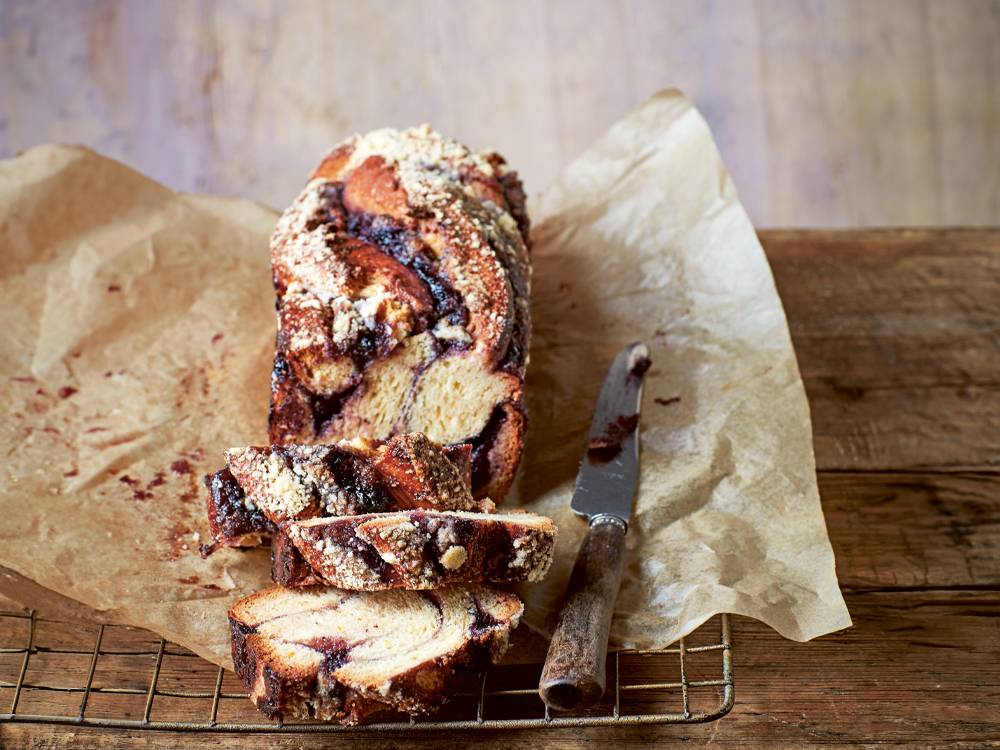Spring, even the sound of the word lifts your spirits. Little shoots of colour start to emerge and with it hope for the warmer months ahead, so get digging and clearing and start getting your garden in shape
Getting your garden ready should be a pleasure rather than a chore. It’s time to dig deep, get some spade work in and you’ll reap the rewards later.
Even for professionals such as our expert Cathie Welch, kick starting your garden for spring is no easy task: “Gardening is a real challenge these days and every season will be different.” So where to start? Cathie advises ‘mulch, mulch, mulch’… “The most important thing any gardener can do is to improve the soil. A thick mulch of home-made garden compost, well-rotted manure or suitable peat-free compost. It’s a huge subject but anything that’s not wood chip or multi-purpose potting compost should be OK, but check to avoid expensive mistakes. A thick mulch will keep in moisture, suppress weeds, feed the plants, prevent soil compaction from walking on it as well as looking fabulous.”
Having done the ground work, you need to turn your attention to plant health, which means pruning and training. This time of year is especially important for roses to ensure a fragrant colourful abundance in summer – make sure you know whether you have climbers, ramblers, bush, shrub and prune accordingly, says Cathie.
And it’s not just roses that need some TLC… “Wisteria is another tricky one that needs its spur pruned by mid-March as do apples and pears,” Cathie continues. “Many other plants can be cut hard back, such as Spireaea, Hypericum, Buddleia and all the Dogwood Cornus, to name but a few. Avoid pruning Acers until they are in full leaf and never prune plums and other stone fruits until the summer. Evergreens should ideally wait and be especially vigilant of nesting birds. When you prune, consider making piles or a dead hedge if you have space rather than burning or binning.”
For many of us, our patches of green grass are the crowning glory. This month is the ideal time to sow a new lawn or repair worn patches. As the month progresses, it may even be time to cut the lawn again. Some lawn basics: set the mower blades high to avoid scalping. Rake (scarify) the lawn to get rid of debris, dead grass and moss. Aerate badly drained areas of the lawn with a hollow-tined fork. Try to avoid walking on waterlogged lawns and working in sodden borders to avoid soil compaction. Cathie warns against neglecting your lawn. “If you want a green, striped lawn then it’s hard work scarifying, aerating, top dressing and seeding.”
If you need a hand, with the ardous business of tending a perfect lawn (or with hedge cutting, weeding and all-round maintenance) the green-fingered Greg’s Garden Care Solutions team can help. They promise to help get your garden looking glam in time for summer, and no job is too small. Please call 07419 839623.
If you have been coveting a beautiful hand-crafted bespoke oak building in your garden or adjoining your home, you’re not the only one! The Artisan Oak team work with clients across Bucks to help you design your dream bespoke space to suit your specific needs. The company, based just outside Stoke Bruerne, believe oak to be one of the most beautiful and satisfying materials to build with due to its unequivocal character, raw textures and uncompromisable strength. They also offer a landscaping service and incorporate other materials such as glass, stone, brick and other timber products, working along side sub-contractors for a hassle-free project. For more info visit artisan-oak.com
Stotts Nursery is a plant nursery based in Stokenchurch, HP14 3XS, specialising in growing and selling a wide range of hardy plants. To put an extra spring in your step, the team are in the process of planning a programme of BackWoods workshops including lavender wreath-making, plant propagation, campfire cooking and also a new willow dragonfly making workshop. Visit stottsnursery.co.uk and backwoodsexperiences.co.uk for more info.
Whether or not you have your own garden, perhaps you’d like to join a warm and friendly community, make friends and help the charity team maintain the beautiful six-acre gardens at Lindengate in Weston Turville, HP22 6BD. The team have a variety of volunteering opportunities and would love to hear from you. They also run corporate volunteering days for local businesses. There’s a nine-week wellbeing and nature course for adults who are experiencing mild to moderate depression and low mood, starting on 3rd April. Please visit lindengate.org.uk to find out more.
And the Community Impact Bucks team’s gardening & wellbeing service runs across the county and complements the Handy Helpers scheme and Community Growing Project. For more information on volunteering, or if you need gardening support, please contact Karen on [email protected] or call 01844 617 231 or 07821 133408.










